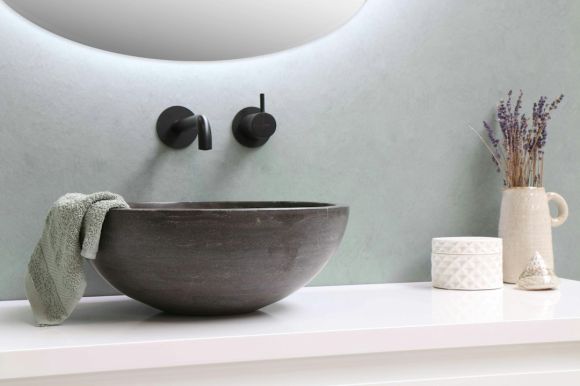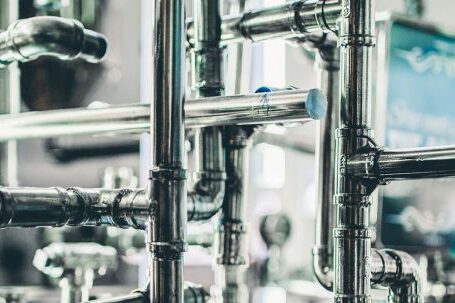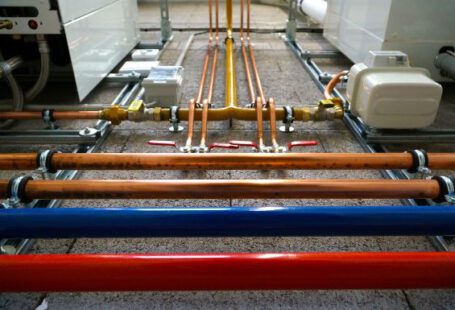A clogged sink is a common household problem that can be frustrating to deal with. Whether it’s a slow drain or a completely blocked pipe, it’s important to address the issue promptly to avoid further damage and inconvenience. In this article, we will discuss the right way to unclog a sink, providing you with effective tips and techniques to get the job done.
Identify the Cause of the Clog
Before you begin unclogging your sink, it’s important to identify the cause of the clog. This will help you determine the best approach to tackle the problem. Common causes of sink clogs include food debris, grease buildup, hair, and foreign objects. Take a moment to assess the situation and determine what might be causing the blockage.
Use a Plunger
One of the most effective tools for unclogging a sink is a plunger. Begin by filling the sink with enough water to cover the bottom of the plunger. Place the plunger over the drain and firmly push down, creating a tight seal. Then, rapidly pump the plunger up and down several times. The suction created by the plunger will help dislodge the clog and allow water to flow freely again.
Try Baking Soda and Vinegar
If the plunger doesn’t do the trick, you can try using a mixture of baking soda and vinegar to unclog the sink. Start by pouring a cup of baking soda down the drain. Follow this with a cup of vinegar. The combination of these two ingredients will create a foaming reaction that can help break down the clog. Allow the mixture to sit in the drain for about 30 minutes, then flush it with hot water.
Use a Drain Snake
For more stubborn clogs, a drain snake can be a useful tool. Insert the snake into the drain and slowly turn the handle clockwise, pushing the snake further down. As you push, the snake will either break up the clog or hook onto it, allowing you to pull it out. Be sure to wear gloves and follow the manufacturer’s instructions when using a drain snake.
Consider Chemical Drain Cleaners
Chemical drain cleaners can be effective in unclogging sinks, but they should be used with caution. These cleaners contain harsh chemicals that can be harmful to your skin and pipes if not used properly. Always follow the instructions on the product label and wear protective gloves when handling chemical drain cleaners. It’s also important to note that repeated use of these cleaners can damage your pipes over time.
Prevent Future Clogs
Once you have successfully unclogged your sink, it’s important to take preventive measures to avoid future clogs. Avoid pouring grease, oil, and food scraps down the drain. Use a drain strainer to catch hair and other debris. Regularly clean your drains by pouring boiling water down them. These simple steps can go a long way in keeping your sink clog-free.
In conclusion, unclogging a sink the right way involves identifying the cause of the clog and using the appropriate method to remove it. Whether you opt for a plunger, baking soda and vinegar, a drain snake, or a chemical drain cleaner, it’s important to follow the instructions carefully and take safety precautions. By taking preventive measures, you can minimize the chances of future clogs and keep your sink running smoothly.



